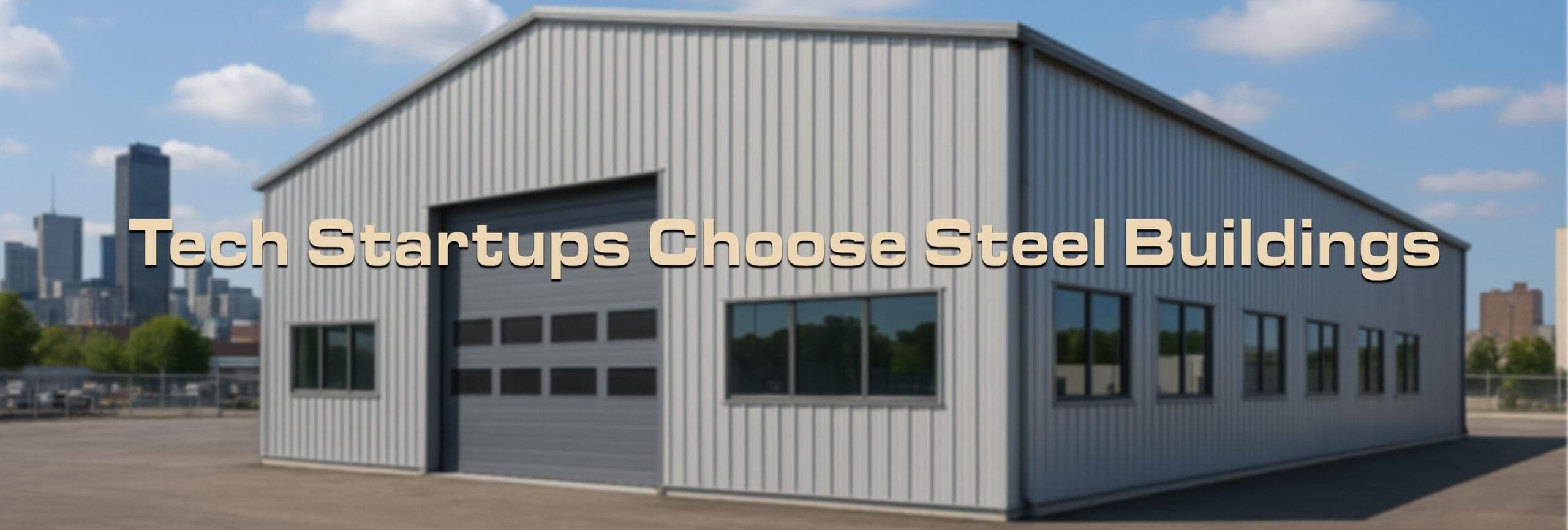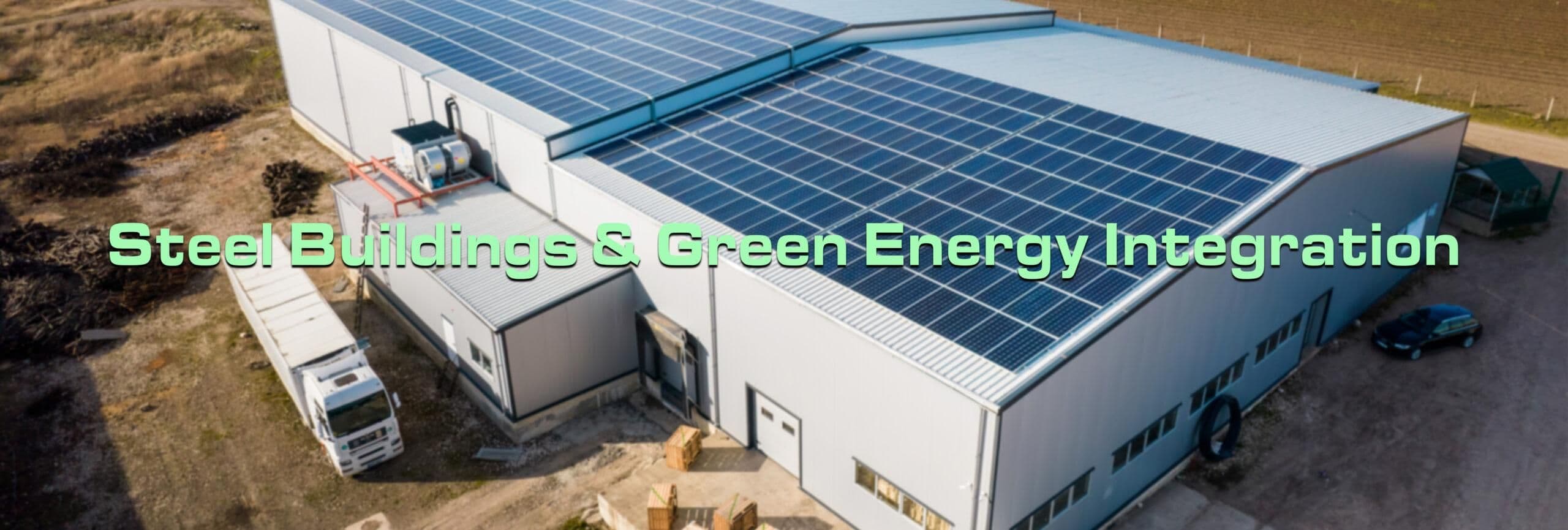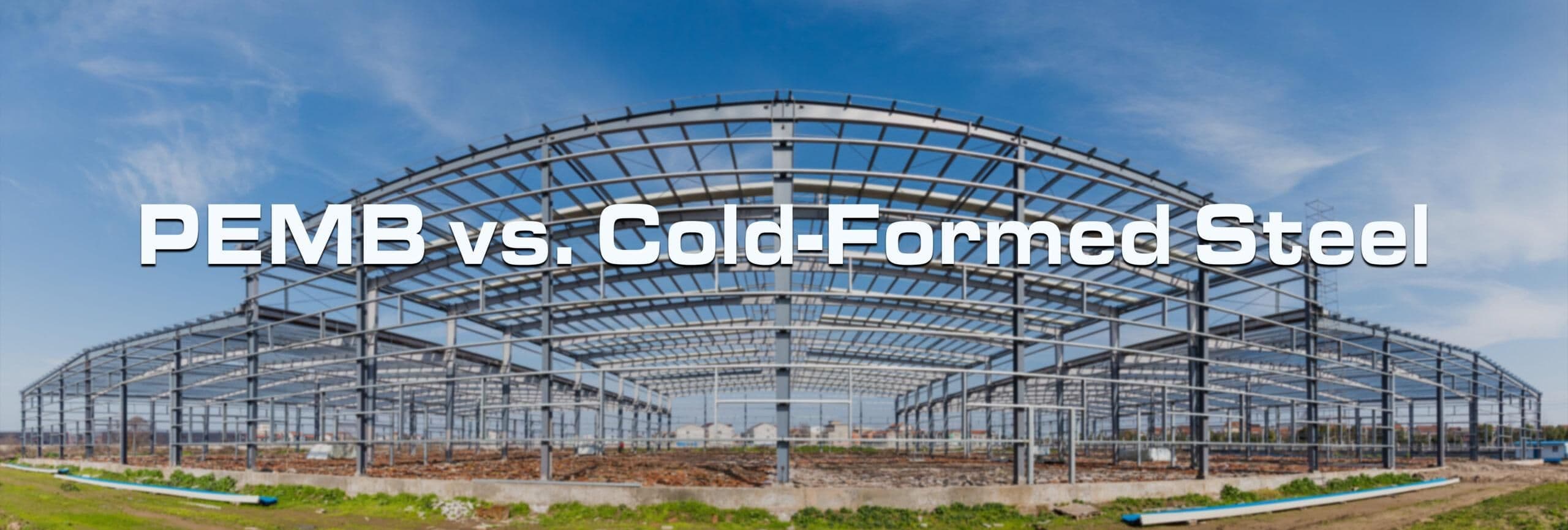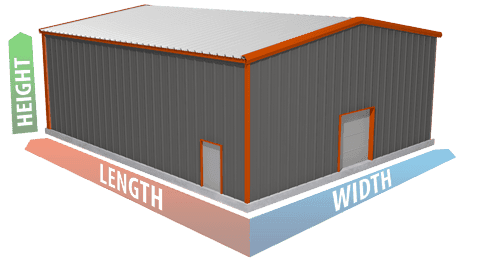Guide to Foundations for Metal Buildings: What You Need

Metal and steel buildings are some of the most durable and long-lasting structures, making them cost-effective for any application. They’re the most versatile, too. At Armstrong Steel, we have designed and fabricated these structures for various applications, including residential, commercial, and agriculture. That said, while steel is crucial for longevity and durability, the foundation you use is equally essential.
A metal building’s foundation is the base where the structure stands, so it needs to be as durable, long-lasting, and stable as your building. In this blog, we will explore foundation options to help you pick a suitable one for your project. Let’s explore different types and their unique qualities, including the factors to consider when choosing the best solution for your structure.
Metal building foundation: why it matters
The foundation of your metal and steel building isn’t merely a structural element — it impacts your project’s overall footing. A carefully chosen, well-designed foundation brings stability and prevents costly repairs for issues such as shifting and settling. More importantly, it protects your structure from structural damage. We recommend exploring all the available foundation options for your metal building so you can pick the most appropriate solution.
Popular foundation types for metal buildings
Here are the most commonly used foundations for metal and steel buildings:
Concrete slab
Most builders choose concrete slabs for metal buildings because they provide a smooth, durable, and stable interior. A thick layer of concrete is poured onto a leveled surface to create this foundation. However, concrete slabs are best applied for smaller structures or those designed for heavy equipment storage.
Pier and beam foundation
Pier and beam foundations are widely used in challenging soil conditions. This type of foundation uses concrete piers poured deep into the soil to bear the building’s weight. Beams then connect these piers to distribute the load evenly across the structure. To ensure stability and prevent shifting, the underground portions of the piers are securely tied together.
This foundation type may be recommended in areas with gravel, loose dirt, or soil that requires deeper support. It’s also a solid choice for uneven terrain.
Continuous wall foundation
Also known as perimeter wall foundation, this type of foundation involves constructing a solid concrete wall around the entire perimeter of your steel building. This wall will serve as an anchoring point for the building’s structure. This type of foundation is particularly well-suited for buildings that require high insulation levels or have significant load-bearing demands.
Trench foundation
Trench foundations share similarities with continuous wall foundations but offer enhanced support for larger steel buildings with specialized load requirements and unique structural demands. To create a trench foundation, a trench is excavated around the building’s perimeter and then filled with concrete.
Considerations when choosing a metal building foundation
There are various factors to consider when choosing a foundation for a metal and steel building. These include:
Soil conditions
Some soils are softer and less dense so you’ll want to find out how well they drain, how much weight they can hold, and if they might shift over time. Bring in a soil testing expert to get the best information. They’ll tell you exactly what kind of soil you’re working with and help you choose the perfect foundation for your steel building.
Local weather and climate
Your area’s climate and weather conditions can also impact your choice of foundation for your metal and steel building. Areas prone to earthquakes, flooding, or freezing temperatures may require a specially designed foundation to withstand these threats.
Local building regulations and codes
Local building regulations and codes state the minimum requirements for metal building foundations. It’s important to comply with these standards to ensure your project is not just legal but safe and sturdy in the long run.
Selecting the best foundation for your metal building
These tips can help you select an appropriate foundation for metal and steel buildings:
Think long-term
Consider the future needs of your building, such as modifications and expansions you plan to do down the road. In these cases, your foundation must be ready to accommodate those potential changes to avoid future problems.
Long-term stability and durability
Don’t cut corners. Invest in a high-quality and suitable foundation from the get-go to protect your structure’s durability and stability. It will save you lots of money later and avoid potential headaches and lawsuits down the road.
Timeline and budget
Each foundation has various construction timelines and costs, so be sure to factor your budget and schedule into your choice.
Get professional advice
Consult local architects and structural engineers with extensive experience in erecting metal buildings. Their expertise can bring insights into soil conditions and climate factors. Plus, they can recommend the right foundation for your project.
Get started on your metal building now
Ready to design your building? Start here! Armstrong Steel is proud to be a leading fabricator of metal and steel buildings. Our in-house building consultants will help you design your building and recommend foundation types that suit your location. Talk to us by calling 1-800-345-4610. You may also connect with us here for a quote.





